Search
Search Results
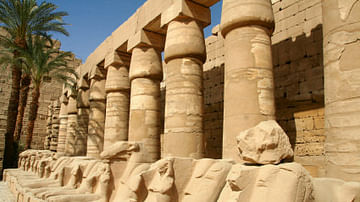
Definition
Ammon (Deity)
Ammon is the name of a Libyan deity and his oracle in the desert. It became famous after Alexander the Great made a detour to consult the god. The modern name is Siwa. Oracle at Siwa Ammon was a Libyan deity, whose oracle was situated...
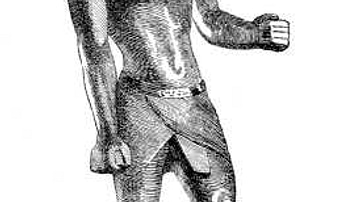
Image
Ammon
Amen or Ammon, from a bronze in the Louvre. Height 22·04 inches.
From "A history of art in ancient Egypt, Vol. I (of 2)" (1883).
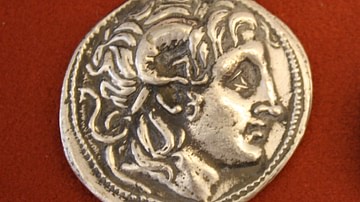
Image
Alexander as Ammon-Zeus
Silver tetradrachm from Thrace, reign of Lysimachus, 323-281 BCE. Head of Alexander as Ammon-Zeus. (Alpha Bank Numismatics Museum, Corfu)
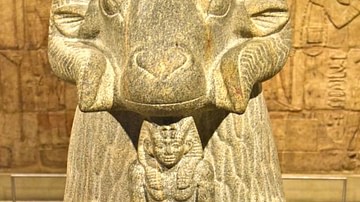
Definition
Amun
Amun (also Amon, Ammon, Amen, Amun-Ra) is the ancient Egyptian god of the sun and air. He is one of the most important gods of ancient Egypt who rose to prominence at Thebes at the beginning of the period of the New Kingdom (c. 1570-1069...

Article
Alexander the Great as a God
The age-old concept of the “divine right of kings” allowed that a country's ruler received his or her power or authority from God. However, few, if any, were delusional enough to actually believe themselves to be a god. An exception to this...
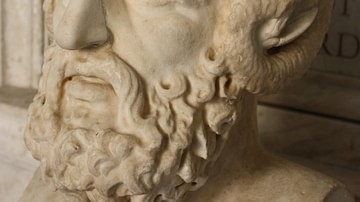
Image
Zeus Ammon
A marble Herme of Zeus Ammon. Roman copy of a Hellenistic original. (Capitoline Museums, Rome)
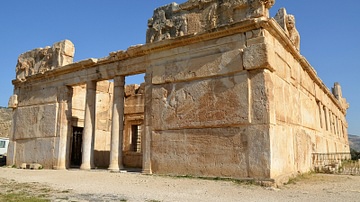
Image
Hellenistic Palace Qasr Al-Abd
Qasr Al-Abd is a Hellenistic palace dating from approximately 200 BCE whose ruins stand in western Jordan, approximately 17 kilometers west of Amman. It is a two-story stone structure (measuring about 40 meters by 20 meters, and 13 meters...
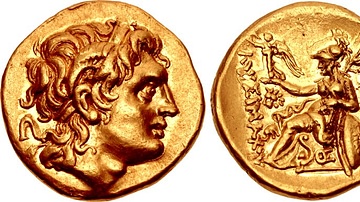
Image
Stater of Ptolemy Keraunos
A gold stater minted by King Ptolemy Keraunos of Macedon (r. 281 - 279 BCE). The coin was minted c. 280 - 279 BCE in Lysimachia, Thrace. It is a rare minting from Ptolemy Keraunos' brief reign as King of Macedon, and even briefer period of...
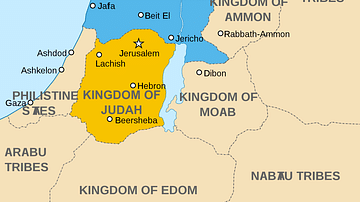
Image
Map of the Levant circa 830 BCE
A map of Palestine circa 830 BC, showing the kingdoms of Israel and Judah, as well as the surrounding kingdoms and tribes.
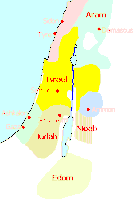
Image
Map of Ancient Israel
A map of the ancient Kingdom of Israel and its neighbours.